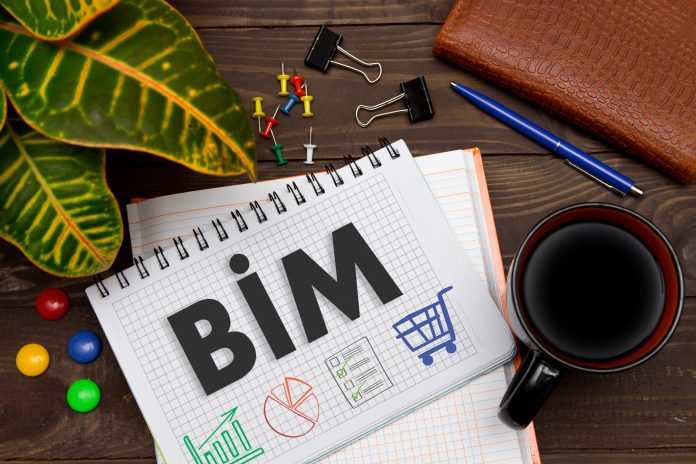Reports would have you believe that the design team is endangered due to the continued traction Building Information Modelling (BIM) is gaining in our industry and the belief that BIM is a panacea that automates design. The Government requires that all centrally procured projects are compliant with Integration Level 2 by 2016. Level 2 Integration essentially means using separately designed models, for example for the cost manager, architect, structural engineer and M&E engineer that are integrated (federated in BIM speech) by another piece of software (‘middleware’).
Many government bodies are well on the way. The next stage, Level 3, is a fully integrated single online model including sequencing, cost and life cycle information – 4D, 5D and 6D respectively.
A number of consultants appear to view this as a threat. We see this as one of the greatest opportunities for the professions for years. Having worked on numerous projects based upon BIM it is clear that the architects’ ability to provide cost planning is not a risk, and equally the structural engineer is unlikely to be providing the concept design anytime soon. The early stages of design still require the expertise of the cost consultant to create estimates from scant information whether based on a fag packet or an early Building Information Model.
The issues of client confidentiality and commercial sensibility mean that it is not appropriate to embed costs in a BIM. There are now numerous software solutions for cost consultants to rapidly extract quantities from a BIM and create a cost plan or Bill of Quantities based upon the BIM. Future software development in BIM will eventually allow us to secure confidential data from other users. This is part of the governments proposed ‘Level 3’ Integration Model which is a few years away yet.
What is different for the QS is the process, particularly the briefing of designers to ensure that the BIM is designed in a manner that allows us to reuse data. Even then not all the information the QS requires is available directly from the BIM. There will always be an element of ‘manual’ work for the QS to close the gaps in the information provided to them. We have also found that the reality of transferring data between the various pieces of software is not as seamless as the software industry would have us believe. Loss of data and file incompatibility is a major issue and the time to resolve this should not be underestimated. Large file sizes also need managing if both your software and hardware is to cope. The design team definitely isn’t dead but must adapt to BIM if we are to properly embrace this sector changing opportunity.
David Quirk
Partner
Rider Levett Bucknall
Tel: 0121 503 1500
david.quirk@uk.rlb.com

















